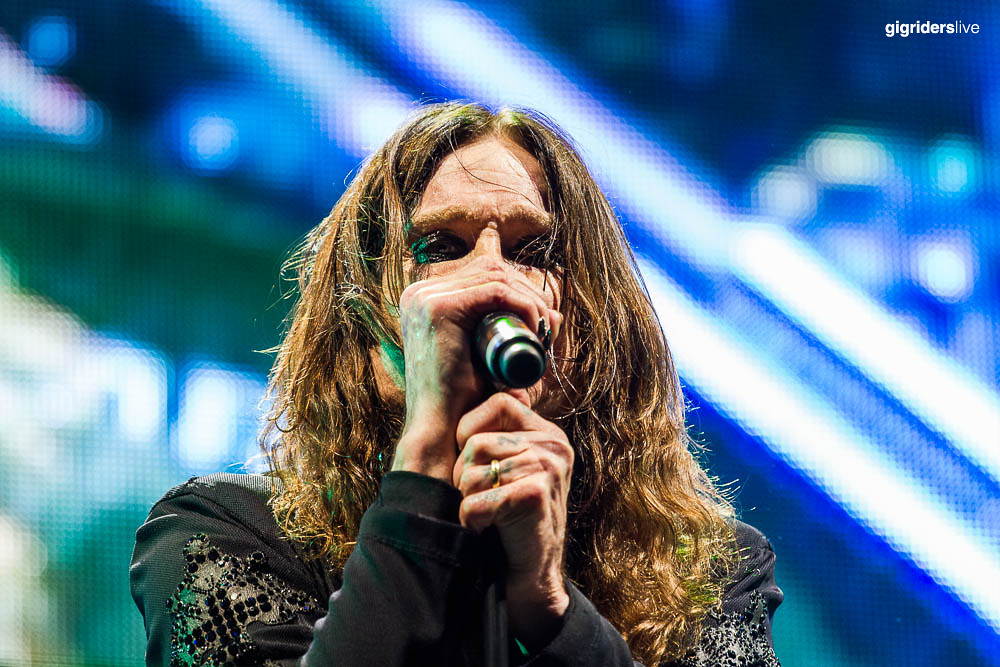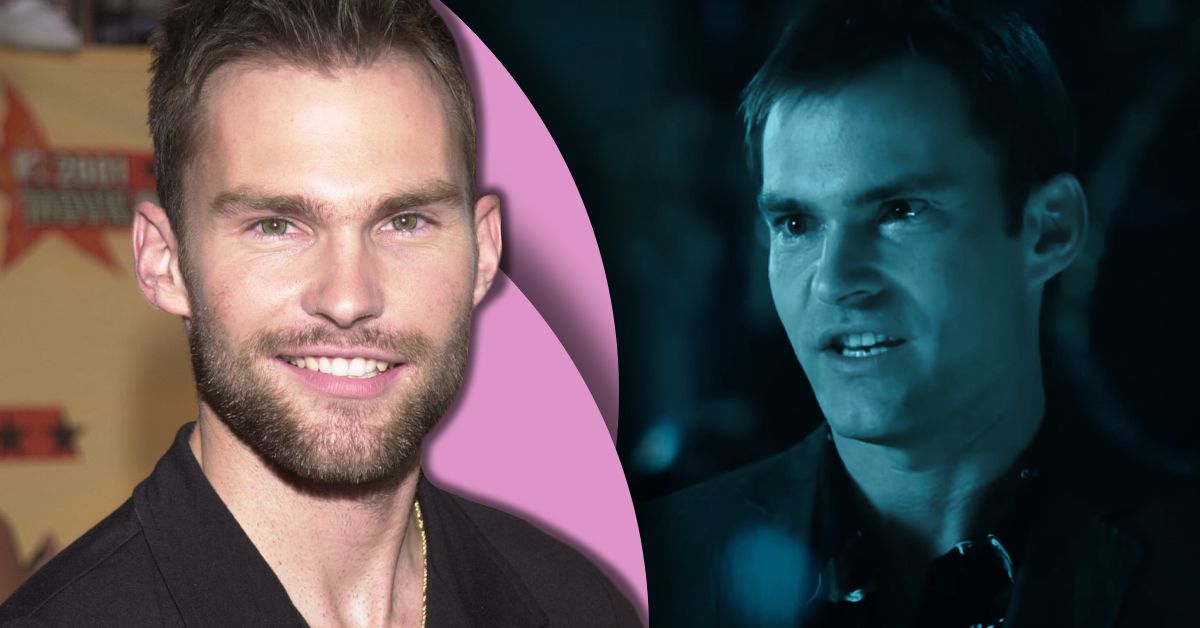
Prince Rogers Nelson, universally known simply as Prince, was an American singer, songwriter, composer, and musician whose extraordinary talent positioned him among the most gifted artists of his generation. Born on June 7, 1958, in Minneapolis, Minnesota, Prince left an indelible mark on the music world before his passing on April 21, 2016, in Chanhassen, Minnesota, at the age of 57. He was a rare composer and performer, likened to Stevie Wonder, who possessed the remarkable ability to play professionally on virtually all the instruments required for his recordings. Indeed, a considerable number of his works feature him in every performing role, a testament to his comprehensive musical genius.
His career, spanning decades, saw him continually reinventing his sound, drawing from an expansive palette of genres. Initially, his recording journey began with funk and soul, primarily marketed to a Black audience, and his early music also reflected the contemporary musical impact of disco. However, Prince’s later records showcased a vast array of influences, skillfully incorporating elements of jazz, punk, heavy metal, the Beatles, and hip-hop into an overall approach predominantly informed by funky up-tempo styles and soulful ballads. These ballads frequently highlighted his distinctively expressive falsetto singing, a vocal signature that captivated audiences worldwide.
Prince’s early life in Minneapolis, Minnesota, an unlikely setting for the rise of a major Black star given its very few African American residents, did not deter his burgeoning musical aspirations. He developed an early interest in music, commencing piano lessons at age 7 and demonstrating mastery of both the guitar and drums by the time he joined his first band at age 14. His innate talent and undeniable charisma were so profound that he inspired and led other local musicians, including the notable Jimmy Jam and Terry Lewis, to achieve significant success in their own careers.
His journey to superstardom formally began in 1978 when he signed with Warner Bros. Records, releasing his debut album, *For You*. This was swiftly followed by *Prince* in 1979, an album on which he played practically all instruments and which yielded his first Top 20 pop hit, the easygoing “I Wanna Be Your Lover.” The critically acclaimed *Dirty Mind* arrived in 1980, daringly exploring sexuality and fantasy with graphic material. Prince, a child who suffered from epileptic seizures and was teased in school, once revealed in a 2009 interview with Tavis Smiley, “Early in my career I tried to compensate by being as flashy and as noisy as I could.” This early drive undoubtedly fueled his prodigious output and flamboyant stage presence.

*Controversy*, released in 1981, continued to delve into the bold themes of its predecessor, with the dance-oriented title track reaching No. 3 on the R&B charts, alongside songs like “Sexuality” and “Do Me Baby.” Yet, as his career unfolded, Prince also became recognized for tracks imbued with a deep spirituality, expressing a yearning for majesty and wonder. This dual exploration of the sacred and the profane became a hallmark of his artistic expression, challenging conventional boundaries.
International acclaim arrived with his 1982 album, *1999*, which featured the Top 20 title track, an exquisite synth-funk ode about nuclear doomsday. This album also included the Top 10 hits “Little Red Corvette” and “Delirious,” solidifying his burgeoning international appeal. “Little Red Corvette” notably marked Prince’s first big crossover hit, garnering airplay on MTV at a time when virtually no Black artists appeared on the influential new medium, breaking crucial barriers for future artists.
The year 1984 marked a pivotal moment with the release of *Purple Rain*, a massively successful and award-winning album that accompanied a hit film of the same name. This project cemented his status as one of the major stars of the 1980s and remains his biggest-selling album. The album, which served as the Academy Award-winning soundtrack to the semi-autobiographical film, also earned a Grammy Award. Three of its singles became enormous hits: the frenetic “Let’s Go Crazy,” the androgynous yet vulnerable “When Doves Cry,” and the anthemic title cut, ensuring his music resonated widely.

“When Doves Cry” stood out as the heart of the *Purple Rain* soundtrack and the biggest hit of 1984, showcasing how experimental pop music could push boundaries. With no bass line, and Prince famously wailing over guitar, synth, and drum machine, the song evokes the coldness of a tense relationship. His engineer recounted that Prince, who played every instrument on the track, immediately grasped the single’s potential impact, stating, “Nobody would have the balls to do this. You just wait – they’ll be freaking.” This bold approach ensured its unique place in music history.
“Let’s Go Crazy,” a Number One smash, served as both a victory lap and a powerful advertisement for the *Purple Rain* feature film after “When Doves Cry” dominated pop radio. The full-bodied funk rock flourishes and allusions to Jimi Hendrix were crafted with the invaluable assistance of his band, the Revolution, who briefly became the most famous backing unit in America. Engineer Susan Rogers recalled that “Some of the band members came up with their own parts,” highlighting Matt Fink’s jazzy piano solo, which was kept after only the third take due to its brilliance.
Addressing murmurs about “selling out” to the AOR crowd after *Purple Rain*’s immense success, Prince told MTV in 1985, “I was brought up in a black and white world. Yes, black and white, night and day, rich and poor, black and white. I listened to all kinds of music when I was young… I always said that one day I was gonna play all kinds of music, and not be judged for the color of my skin, but the quality of my work, and hopefully that will continue.” This statement powerfully articulated his vision for a boundary-breaking musical career.
The film *Purple Rain*, co-starring Apollonia Kotero and Morris Day, grossed almost $70 million at the U.S. box office and earned an Academy Award for Best Original Song Score. The album’s melancholy title track reached No. 2 on the Billboard Hot 100, while “When Doves Cry” and “Let’s Go Crazy” both achieved No. 1 status. While “Crazy” readily joined the pantheon of wild, electrifying rock songs, “Doves Cry” possessed one-of-a-kind signatures, displaying an otherworldly meld of electronic and funk elements without a traditional chorus, truly showcasing his innovative composition.
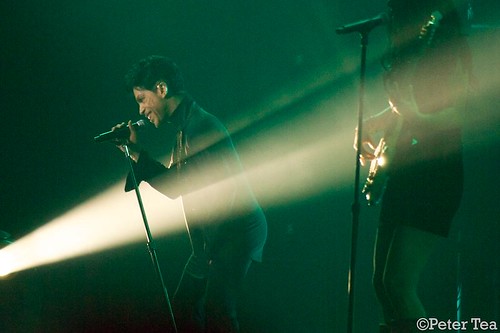
The soundtrack offered two additional hits: “I Would Die 4 U” and “Take Me With U.” Simultaneously, Prince became a widely recognized visual icon, distinguishable by his trademark curls, flowing jackets, and ruffled attire adorned with punk embellishments. His song “Darling Nikki” from *Purple Rain* incited controversy due to its explicit visuals, famously leading Senator Al Gore’s wife, Tipper Gore, to advocate for albums to carry labels warning parents of graphic lyrics, sparking a national debate on music censorship.
Following the *Purple Rain* phenomenon, Prince continued his prodigious output. 1985 saw the release of *Around the World in a Day*, which yielded the Top 10 tracks “Raspberry Beret,” a whimsical mid-tempo tune, and “Pop Life.” This record continued to feature Prince’s distinctive penchant for playing a wide range of instruments and his desire to convey messages of self-love, as evidenced by “Paisley Park,” a track inspired by the name of his Minneapolis studios.
In 1986, Prince released his eighth studio album, *Parade*, which featured his pulsating No. 1 pop/R&B single “Kiss.” *Parade* also served as the soundtrack for the artist’s second film, *Under the Cherry Moon*, which he both directed and starred in. His work during this period continued to demonstrate his relentless creativity and his capacity to blend commercial appeal with artistic experimentation.
Prince’s lyrics, mirrored by correspondingly intense music, often addressed sexuality and desire with both frankness and imagination. Much of his work, through its lyrics and imagery, grappled with the constriction of social conventions and categories. As one biographer observed, “The whole thrust of Prince’s art can be understood in terms of a desire to escape the social identities thrust upon him by simple virtue of his being small, black, and male,” a profound insight into his artistic motivations.
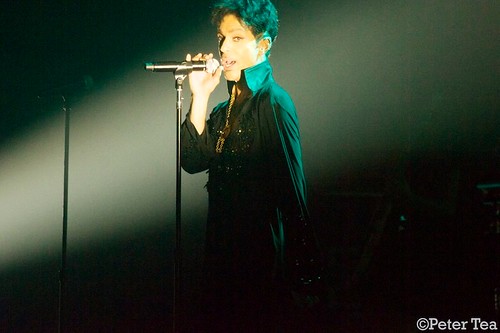
In a further effort to evade convention, Prince explored typographical oddities in his song titles and lyrics. A significant manifestation of this was his 1993 announcement that he had changed his name to a combination of the male and female gender signs, Õ(+>. This decision led to him being frequently referred to as “the artist formerly known as Prince” until 2000, a period marked by his public resistance against his record label, Warner Bros. He even made appearances with the word “SLAVE” drawn on the side of his face, explicitly conveying his immense disdain for his label’s control.
After the disbanding of the Revolution, Prince consolidated various shelved projects into the double album *Sign O’ the Times* (1987). The title track reached No. 3 on the pop charts and No. 1 in R&B, and the album was critically acclaimed for its stark commentary on social issues, yet it also contained fun jams like “U Got the Look,” a raucous duet with Scottish singer Sheena Easton. Despite its critical success, sales lagged in the U.S., finding a larger audience in Europe, where he launched a successful tour.
Maintaining a prolific output, Prince released *Lovesexy* in 1988, notable for its album cover featuring a nude photo of the artist, as well as the Top 5 uptempo R&B hit “Alphabet St.” By the release of his 11th studio album, the soundtrack to *Batman*, in 1989, Prince had firmly established himself as one of America’s most commercially successful pop artists, consistently achieving chart success. *Batman* produced the No. 1 romp “Batdance” and the Top 5 R&B hit “Partyman,” with the video for “Batdance” famously featuring Prince in split-effect makeup, symbolizing both the film’s shadowy hero and his crazed nemesis, the Joker.
The early 1990s marked the launch of the New Power Generation (NPG), Prince’s latest band, characterized by a blend of contemporary R&B, hip-hop, jazz, and soul, featuring the vocals of Rosie Gaines. The group was first introduced in the soundtrack to *Graffiti Bridge* (1990), a sequel to *Purple Rain* that did not fare well at the box office but still yielded the Top 10 track “Thieves in the Temple.”

With the artistic contributions of the NPG, Prince found renewed success with his album *Diamonds and Pearls* (1991), which climbed to No. 3 on the Billboard 200 album chart. This album featured the romantic title ballad, the industrial-strength “Gett Off,” the playful paean “Insatiable,” and the saucy No. 1 single “Cream.” Prince’s work with the NPG fearlessly continued to explore ideas surrounding sexuality, gender norms, and the body.
To promote the album, Prince delivered a provocative live performance of “Gett Off” at the 1991 MTV Video Music Awards, featuring an array of dancers and musicians in an onstage bacchanal, famously turning around at the end of the song to reveal his seatless pants. In the fall of 1992, Prince signed a record $100 million dollar deal with Warner Bros., then considered “the largest recording and music publishing contract in history.” This monumental deal uniquely allowed him the freedom to pursue TV, film, book, and merchandising deals separately, unlike all-inclusive contracts signed by fellow industry giants like Michael Jackson and Madonna.
Beyond his iconic performances, Prince established himself as an in-demand collaborator and influential behind-the-scenes player whose songs were famously remade by other artists. In the mid-1980s, Chaka Khan released an ebullient, highly successful cover of his 1979 tune “I Feel For You,” while Sinead O’Connor’s biggest hit was Prince’s “Nothing Compares 2 U.” The Art of Noise and Tom Jones reached the U.K. Top 5 in 1988 with a remake of “Kiss,” and Alicia Keys covered “How Come U Don’t Call Me Anymore” on her 2001 debut.
Prince also contributed specific album tracks for artists such as Khan, Madonna, Tevin Campbell, Kate Bush, the Time, Martika, Patti Labelle, and Janelle Monáe. He was the mastermind behind the girl group Vanity 6, led by singer/actress Vanity, and their No. 1 dance hit “Nasty Girl.” Furthermore, he provided a song to the all-women’s band the Bangles, which they recorded to great effect, reaching No. 2 with the lush ode to a stressful workday, “Manic Monday,” showcasing his versatile songwriting prowess.
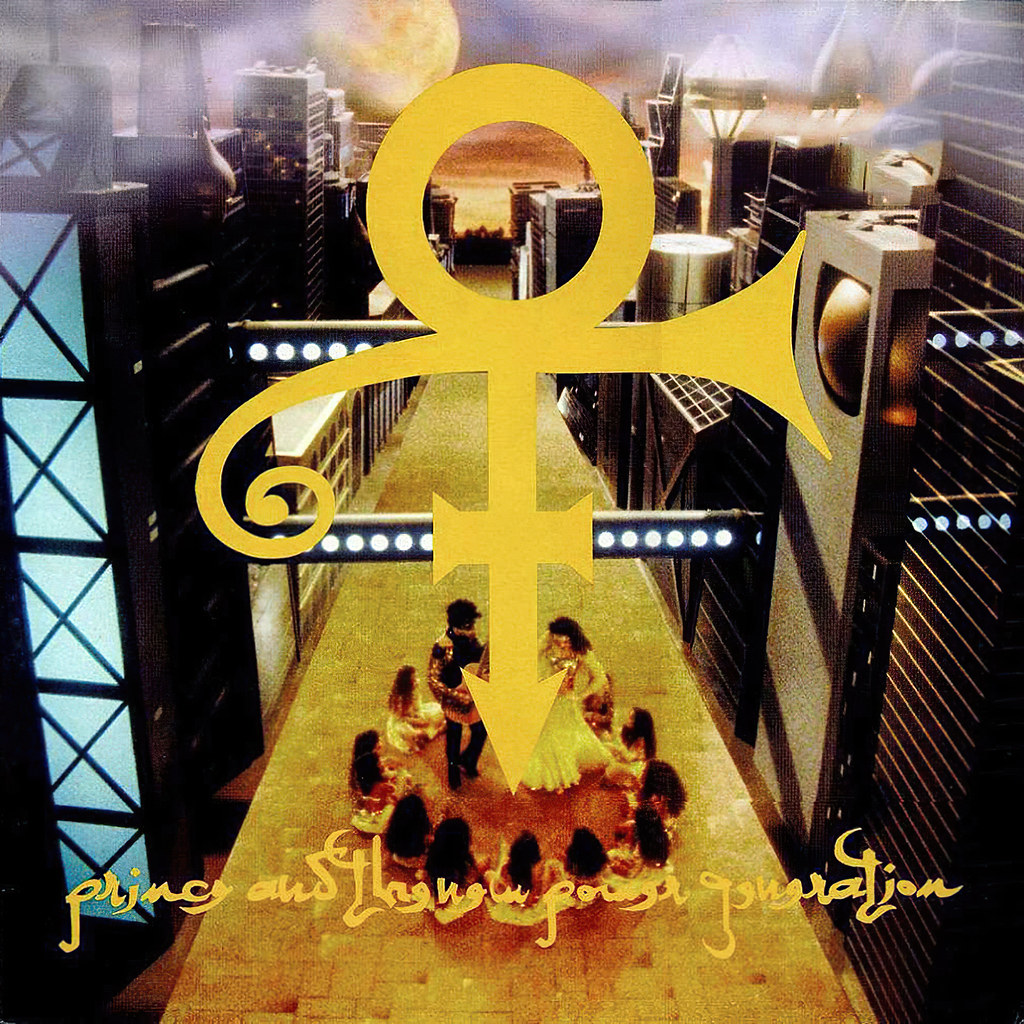
The lack of commercial success for the *Love Symbol Album* (1992), which followed *Diamonds and Pearls*, created palpable tension between Prince and Warner Bros. Over the ensuing years, his career experienced a rollercoaster of ups and downs. Driven by his feeling of being controlled by the label, he adopted the unpronounceable glyph in 1993, using it until 2000. During this period of duress, he did release the 1995 album *The Gold Experience*, scoring another Top 5 song with “The Most Beautiful Girl in the World.”
Once freed from all contractual obligations to Warner Bros., Prince celebrated with the fittingly titled triple album *Emancipation* (1996), which achieved platinum certification and featured the soul remake “Betcha by Golly, Wow.” Several other albums affiliated with his NPG label quickly followed, including *Crystal Ball* (1998) and *Rave Un2 the Joy Fantastic* (1999). He later explored marketing his work on the Internet and through private arrangements with retail chains, specifically as a means of circumventing the traditional control exerted by large record companies.
After several years of relative obscurity, Prince made a triumphant return to the limelight in 2004, performing at the Grammy Awards with Beyoncé Knowles. In the same year, he was rightfully inducted into the Rock and Roll Hall of Fame. That spring, he released *Musicology*, an album that not only sold well but was also highly praised by critics. The accompanying tour became the top concert draw in the United States, and the album itself won two Grammys, adding another dreamy ballad, “Call My Name,” to the esteemed Prince canon.

His next album, *3121*, was released in 2006. In that year, he wrote and performed “Song of the Heart” for the animated film *Happy Feet*, for which he won a Golden Globe for Best Original Song. In 2007, he delivered a truly iconic performance during the Super Bowl XLI halftime show, appearing on a massive stage shaped like his famous symbol amidst pouring rain, an event witnessed by a staggering 140 million fans worldwide, cementing his status as a legendary live performer.
2010 was a year filled with accolades for Prince. He was not only lauded by Billboard.com as the greatest Super Bowl performer ever but was also featured in TIME magazine’s “100 Most Influential People in the World” and received a Lifetime Achievement Award from the BET Awards. He concluded the year with an induction into the Grammy Hall of Fame, a fitting tribute to his enduring impact. Prince also continued to deliver the fruits of his studio efforts with *Planet Earth* (2007), *LotusFlow3r* (2009), and, in a joint deal with the Daily Mirror, *20Ten* (2010).
With the advent of the internet as the primary force for distributing music, Prince took a strong stance against the trend of having songs freely shared online. He vehemently opposed the idea of providing his songs to online music platforms without proper upfront compensation and profit-sharing, resulting in his tracks eventually being exclusively available on the Jay-Z-backed streaming service Tidal. As one of the few pop artists to retain full ownership of his masters, he diligently worked with Web Sheriff to remove instances of his music, including videos and live performances, from the internet. This commitment to artistic control led him to support the *Lenz v. Universal Music Group* case, which unsuccessfully sought the YouTube removal of a baby dancing to “Let’s Go Crazy.”
Prince also continued to take political stands through his performances. On May 2, 2015, he staged a Dance Rally 4 Peace at Paisley Park, his compound, to honor Freddie Gray, a 25-year-old African American who died in police custody after his arrest in Baltimore. This event also served to show support for the activists protesting Gray’s death. With his backup band 3RDEYEGIRL, Prince performed a 41-minute concert that included his protest song “Baltimore,” which was directly inspired by Gray’s tragic passing.

Prince was known for being extremely private about his personal life, preferring to spend time at his Paisley Park compound, away from the intense celebrity spotlight. In the 1980s, he had a long on-and-off relationship with singer-songwriter Susannah Melvoin, the twin sister of Wendy Melvoin, a guitarist in his band the Revolution. He was also romantically involved with drummer extraordinaire Sheila E., collaborating with her on albums such as *The Glamorous Life* and *Romance 1600*.
On Valentine’s Day 1996, Prince married backup singer and dancer Mayte Garcia. The couple had a son who was born on October 16, 1996, but tragically died a week later from Pfeiffer Syndrome, a rare genetic disorder. Prince and Garcia divorced in 1999. In 2001, Prince married his second wife, Manuela Testolini, who had been employed by one of his charitable organizations; their marriage concluded in 2006. Following their divorce, he was in a relationship with one of his musical protégées, singer Bria Valente.
During the same year as his marriage to Testolini, Prince embraced the Jehovah’s Witness faith, becoming a devout member after years of study, having been raised as a Seventh-Day Adventist. His mentor in the Witness faith was bassist Larry Graham, who had played with Sly & the Family Stone and was also a significant musical influence. Prince was believed to have participated in what is known as field service for his faith, reportedly having visited a Jewish couple in Eden Prairie, Minnesota, and leaving behind a copy of the Witness publication *The Watchtower*.
His language and performance sensibilities underwent some changes with his newfound faith, leading some fans to question how certain conservative aspects of his religion aligned with the explicit nature of his past songs. However, others have highlighted that Prince historically had songs that were clearly Christian in nature, as seen with “The Ladder,” “The Holy River,” “The Cross,” and “God,” the gospel B-side to the single “Purple Rain,” demonstrating a long-standing spiritual undercurrent in his work.

Prince was found dead at his Paisley Park compound in Minnesota on April 21, 2016. An autopsy later confirmed that he had died from an accidental overdose of fentanyl, a powerful opioid. The week prior to his death, his plane made an emergency landing, and he was hospitalized for what was initially reported as a severe case of the flu, though later reports indicated he had received a life-saving “safe shot” for a Percocet overdose. The Carver County sheriff’s department and Midwest Medical Examiner’s office launched an investigation into the cause of death.
Almost two weeks after his passing, a lawyer revealed that Dr. Howard Kornfeld, a California-based physician specializing in treatment for pain medication dependency, had been contacted by Prince’s team for assistance. The performer had undergone hip surgery years earlier and was believed to have endured recurring discomfort during concerts. Kornfeld’s son reportedly flew to Prince’s compound to initiate the recovery process and was among those who discovered him deceased. Attorney William Mauzy stated that Prince “was dealing with a grave medical emergency” when Kornfeld was called.
On June 2, 2016, the Midwest Medical Examiner’s office released its findings, concluding that Prince died from an accidental overdose of “self-administered” fentanyl, a synthetic opiate. On April 19, 2018, Carver County concluded its two-year investigation, announcing that no criminal charges would be filed in Prince’s death, citing a lack of evidence regarding who supplied the fentanyl-laced pills or if any associates knew he was ingesting such a dangerous substance. Attorney Mark Metz acknowledged, “There is no doubt that the actions of individuals around Prince will be criticized and judged in the days and weeks to come, but suspicions and innuendo are not sufficient in bringing criminal charges.”
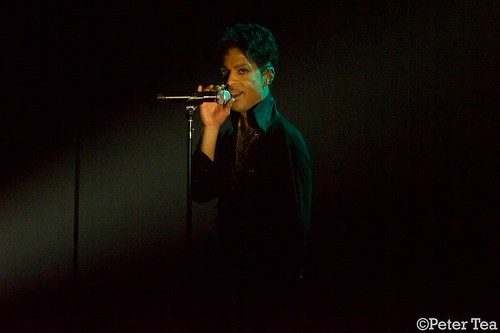
Prince’s memoir, *The Beautiful Ones*, was released posthumously in 2019, combining his unfinished manuscript with photographs, scrapbooks, and original lyrics, offering an intimate glimpse into his creative process. His Minnesota home and studio, Paisley Park, officially opened its doors as a museum in October 2016, allowing fans to connect with his artistic sanctuary. The following month, his first posthumous song, “Moonbeam Levels,” was released, and production began on a documentary about his early years, titled *Prince: R U Listening?*.
Across the globe, tributes poured in for this profoundly unique artist, with impromptu memorials and celebrations of his work. In his hometown of Minneapolis, thousands of mourners sang “Purple Rain” in the downtown area on the night of his death, a powerful demonstration of the deep love and respect he commanded. His numerous honors included seven Grammy Awards from 38 nominations, one Golden Globe Award, and four MTV Video Music Awards. He received an Image Award from the National Association for the Advancement of Colored People in 1984, was inducted into the Rock and Roll Hall of Fame in 2004, and was recognized with a lifetime achievement award by Black Entertainment Television in 2010. In June 2016, nearly two months after his passing, he was posthumously awarded an honorary doctoral degree from the University of Minnesota.
As the world continues to revisit his vast discography, it’s clear Prince’s legacy as an innovator, a virtuoso, and a cultural phenomenon remains as potent as ever. He challenged norms, fused genres, and spoke profoundly through his art, leaving behind a body of work that truly speaks to the depth, sincerity, and sensitivity of one of pop’s most enigmatic masters. His audacious spirit is encapsulated in his own words from a 2006 Guardian interview, where he stated, “What’s missing from pop music is danger. There’s no excitement and mystery,” ensuring his artistry will continue to inspire and resonate, forever keeping the world dancing to his unique, irresistible beat.

